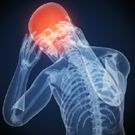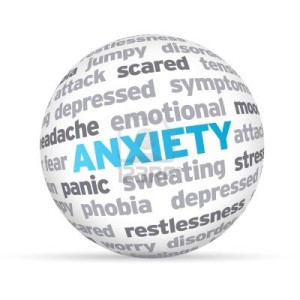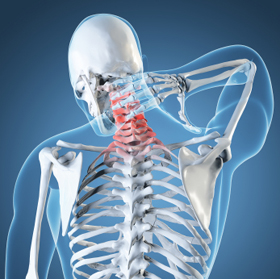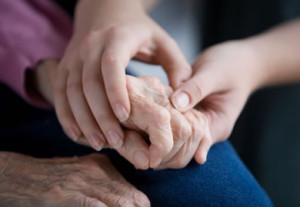A Natural Aid To Headache Treatment
 Massage therapy offers two important benefits to tension headache sufferers: it may help relieve actual headache pain, and it may help prevent headaches by reducing tension and improving circulation.
Massage therapy offers two important benefits to tension headache sufferers: it may help relieve actual headache pain, and it may help prevent headaches by reducing tension and improving circulation.
Massage works by increasing oxygen and blood flow to tense muscles. During a tension headache, muscles of the scalp, jaw and neck are tightly contracted. The blood vessels supplying oxygen to these muscles are constricted, so that the muscles must work with an inadequate supply of nutrients. It is believed that this combination of muscle spasm and inadequate blood supply is the main cause of pain in tension headaches. Massage helps relax the contracted muscles.
Tension type headaches are often triggered by stress or just the anticipation of a stressful experience. Massage can help overcome your body’s response to stress. With the right pushing, pulling and manipulation of your tense muscles, you may begin to feel stress slipping away. You can consider using massage whenever you are feeling especially tense or anxious, or you may want to have massages on a regular basis, such as once or twice a month. You can practice self-massage, ask a friend to help or get a massage from a professional massage therapist. (If you have any neck problems, check with your doctor before trying any massage technique.)
If you feel you cannot afford the expense or time involved in professional massage therapy, you can practice massage at home, either alone or with a partner to assist you. To get you started, here are some basic techniques that may help when you feel a headache coming on.
Step 1. To begin relaxing the muscles in your neck, let your head drop until your chin is almost resting on your chest. With your palms on the back of your head, press very gently so that you are stretching out your neck but not straining it. Imagine these muscles as loose and soft. If they feel hard and knotted, work to gently soften them.
Step 2. Begin to work your thumbs and fingers down the back of your neck from your skull to your shoulders. Shake your head gently from side to side now and then as you work.
Step 3. Once your neck begins to feel more relaxed, work your finger up over your temples and ears, then back down to your neck.
Step 4. Push your thumbs against your scalp and rotate them firmly in small circles.
Step 5. Press the palms and heels of your hands against the sides of your head, using the most pressure at the softest points on either side. Rather than pressing in, pull up toward the top of your head.
You can alternate these steps as you begin to feel what is working for you. Be sure to take breaks, shaking your head gently back and forth or rolling it around to keep it loose.
Professional massages are offered today at spas, health clubs, beauty salons, and even some workplaces. Choosing the right massage therapist is important. You can ask the advice of your health care practitioner, as well as a friend or family member who has used a massage therapist. You can also visit The American Massage Therapy Association (AMTA) website to find a massage therapist for a nationally certified or licensed massage therapist in your area. If necessary, experiment with different massage therapists to find the right one for you. Many massage therapists offer a series of massages for a packaged fee; be sure to try one or two trial massages before committing to the package.
If you are interviewing prospective therapists by phone, here are some helpful questions to ask for comparison purposes:
- Are you licensed?
- Do you have any degrees/certificates or are you associated with any professional affiliations?
- Explain the type of massage you do.
- What is your facility like?
- Can I get a massage at home?
- What are your fees?
If you experience sudden or intense pain during any massage, stop immediately. If you feel just a slight intensifying of your headache, however, continue on, remembering to breathe normally. Since headaches usually peak before they disappear, you may just need to get through the peak before you begin to feel relief.
If you or anyone you know suffers from chronic pain and would like to attain a better quality of life, those in the Inland Empire region, please contact me today to book a session.









 Research released in July 2011 expanded on previous studies demonstrating the effectiveness of massage therapy for chronic low back pain. Researchers found that “patients receiving massage were twice as likely as those receiving usual care to report significant improvements in both their pain and function”. The study was conducted over 10 weeks through Group Health Research Institute.
Research released in July 2011 expanded on previous studies demonstrating the effectiveness of massage therapy for chronic low back pain. Researchers found that “patients receiving massage were twice as likely as those receiving usual care to report significant improvements in both their pain and function”. The study was conducted over 10 weeks through Group Health Research Institute.